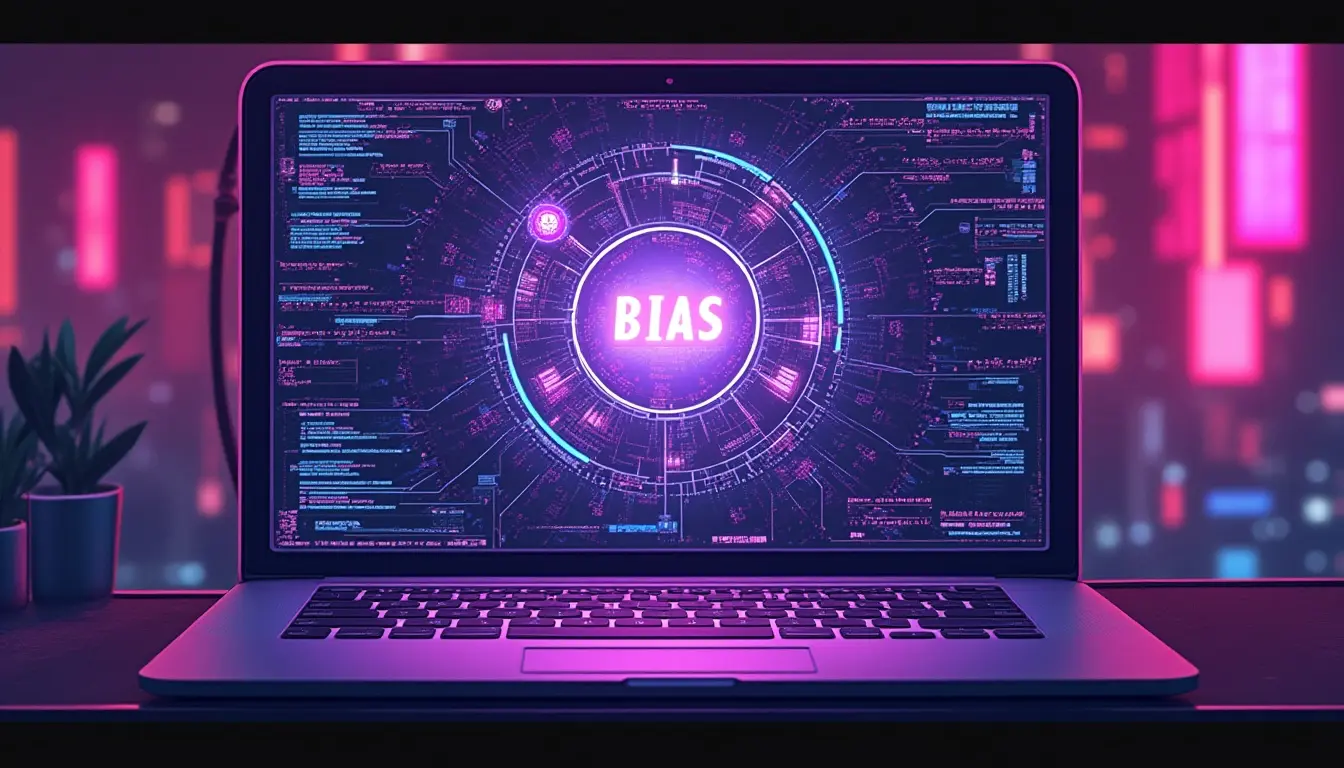Bias in AI: Confronting the Hidden Prejudices in Machine Intelligence

Share
Table of contents:

Picture an AI hiring system that consistently rejects qualified female candidates, or a healthcare algorithm that provides inferior treatment recommendations for minority patients. These aren't hypothetical scenarios - they're real examples of bias in AI systems that perpetuate and amplify human prejudices through seemingly objective mathematical processes.
This critical challenge threatens the fairness and reliability of artificial intelligence across industries, from criminal justice to healthcare to financial services. It's like having a judge who claims to be impartial but secretly harbors deep-seated prejudices that influence every decision.
Root Causes of Algorithmic Bias
Training data often reflects historical discrimination and societal inequalities, teaching AI systems to perpetuate unfair patterns. Algorithm design choices and feature selection can inadvertently encode biased assumptions about protected characteristics like race, gender, or age.
Primary bias sources include:
- Historical data bias - training sets reflecting past discrimination and inequality
- Representation gaps - underrepresented groups receiving inadequate data coverage
- Measurement bias - inconsistent data collection across different demographic groups
- Algorithmic choices - design decisions that favor certain groups over others
These factors work together like invisible filters, systematically disadvantaging certain populations while appearing mathematically neutral and objective to casual observers.
Types of AI Bias and Their Manifestations
Statistical bias occurs when algorithms perform differently across demographic groups, while individual bias affects specific people unfairly. Intersectional bias impacts people with multiple protected characteristics more severely than single-attribute discrimination.
Real-World Consequences Across Industries
Criminal justice algorithms show racial bias in recidivism predictions, leading to harsher sentencing for minority defendants. Healthcare AI systems provide inferior care recommendations for women and minorities, perpetuating medical disparities.
Financial institutions face regulatory scrutiny when lending algorithms discriminate against protected classes, while hiring tools eliminate qualified candidates based on biased pattern recognition that favors historical hiring preferences.
Mitigation Strategies and Best Practices
Bias detection requires comprehensive testing across demographic groups using fairness metrics that measure equal treatment and equal outcomes. Diverse development teams bring different perspectives that help identify potential bias sources early in development cycles.
Technical solutions include bias-aware algorithms, fairness constraints during training, and post-processing adjustments that ensure equitable outcomes across protected groups while maintaining overall system performance and accuracy.











